Tomorrow is our national birthday. Our Founding Fathers and colonial citizens would surely have celebrated it with a glass or two of Madeira. You should do the same.
Madeira was the wine of 17th and 18th century America. It was imported from the Island of Madeira, an autonomous region of Portugal. Its location in the Atlantic Ocean made it an ideal port for ships trading with India, Africa, and America. By happenstance, a ship returned from India with a cask of Madeira wine still in its hold, and it was discovered that the wine had greatly improved with the tropical heat. This began a practice of making “round trip” Madeira that was sold at a much higher price. Madeira’s affinity for heat is one explanation why the wine was so popular in Georgia, the Carolinas and Virginia.
It was Madeira wine, not tea, that sparked one of our first attacks against the British Empire. In 1768, the British accused John Hancock of smuggling after its Boston custom official was locked up in Hancock’s boat (appropriately named Liberty) while Madeira was unloaded without paying taxes. The British dropped the smuggling charge, but confiscated the Liberty. The following year, a mob in Rhode Island attacked the British captain and crew of the boat and burnt it. It presaged other acts of revolution, including the famous Boston Tea Party in 1773.
Hancock was but one of our Founding Fathers who drank and collected Madeira. Thomas Jefferson, who is unquestionably the preeminent wine authority among all our presidents, noted in his journal on September 15, 1772 that his cellar contained “a half hogshead (27 gallons) of Madeira and 72 bottles.” And during his eight years as president, he imported eight pipes (about 4,400 bottles) of “Brazil Madeira” which most likely got its name from the Brazilian wood barrels that were used for aging the wine.
Madeira is a fortified wine, meaning alcohol is added during fermentation, which stops the process and leaves residual sugar. In capsule form, there are four categories of Madeira. From driest to sweetest they are: sercial, verdelho, boal, and malvasia. Within those four categories are age divisions ranging from 5 to 40 years, and vintage Madeira, too.
In May, I tasted a selection of Madeiras from 1994 to 1912. The 1994 Blandy’s Malvasia was honey-colored with an earthy scent; its medium body carried tasty coffee, fig and apricot flavors. I enjoyed sipping it. After a century, the 1912 Pereira d’Oliveira Verdelho offered a dark rum color with caramel and honey aromas; the mild fig flavor was challenged by the wine’s high acidity, which might give it another century of life. I thought this Madeira should accompany a chocolate raisin cake.
Madeira’s popularity in America spread to friend and foe. After we defeated the British, its troops returned home with a taste for the wine. It soon became a staple of British society. And Lafayette, who acquired a taste for Madeira while joining our fight, often joined Jefferson for dinner in Paris. Knowing the Madeira in America was better than in France (the “round trip” effect), they agreed to share a pipe — about 550 bottles — from the New York wine merchant, Francis Lewis.
Tomorrow, do what the signers of the American Declaration of Independence did in Philadelphia on July 4, 1776: Raise a glass of Madeira.
Retail prices are $25-$50 for 5- to 40-year-old Madeira; and between $100-$300 for vintage Madeira dating 1980 to 1900.

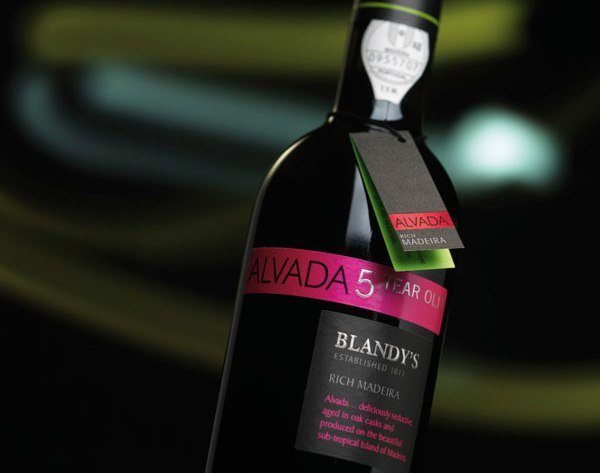
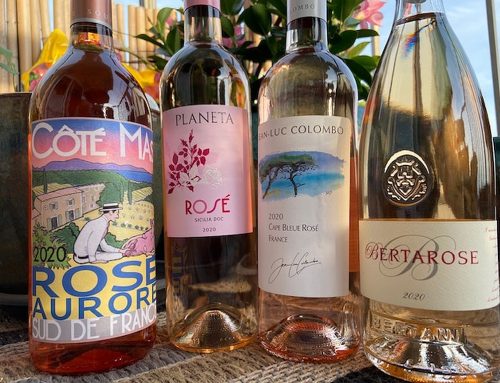
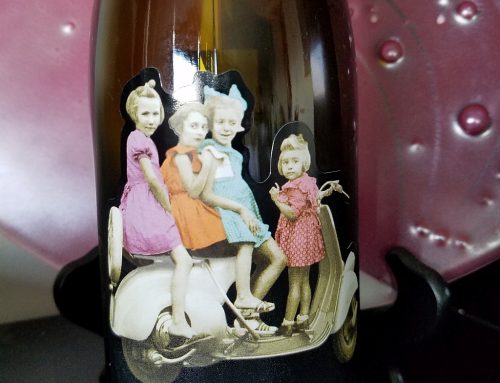
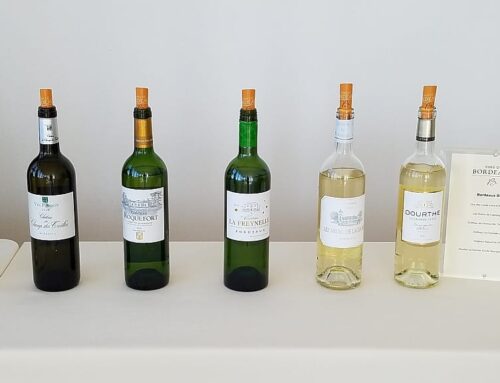
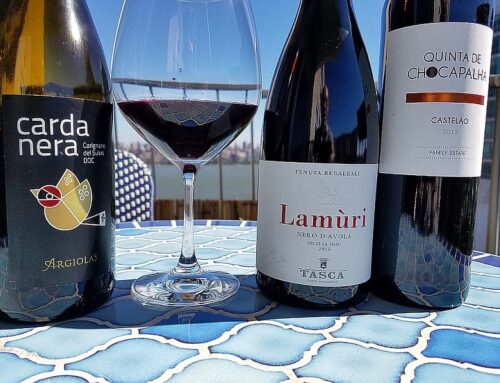
Leave A Comment